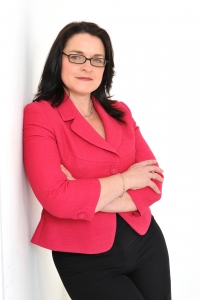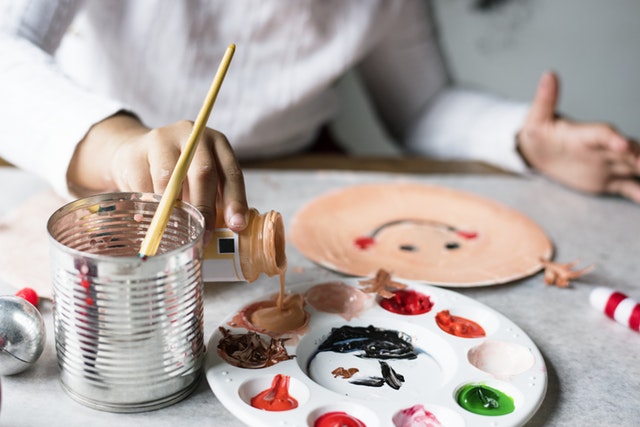This is the last in my series of Empowering the Next Generation this week – looking at how to create a healthy, creative, social and talented space for your children to develop their skills and confidence, so that they not only create a fulfilled and happy life for themselves but also feel capable to create a future world that is beneficial to others.
Yesterday I shared with you how to create a Social Space to help reduce stress and anxiety for your child, whilst promoting an environment for conversation and sharing time with friends. Today I’ll be sharing with you how to create a Talented Space that will enable your child to learn and develop their skills effectively.
TALENTED SPACE
A talented space enables your child to learn effectively. There are 3 key things to consider that will enhance your child’s experience and enable them to learn and develop their skills successfully:
- Functionality
- Noise
- Light
Let’s look at each one in turn:
1) Functionality: the room needs to suit the task in hand.
- If your child likes dancing then they need floor space for movement. You might consider flexible furniture that’s easy to shift when they need a ‘stage’ area.
- If your child likes reading then they need shelving for their books or a place to charge their electronic device (kindle/ipad).
- If your child likes building models then they need a desk or a flat surface to display their creative works
As your child grows and develop, their needs for the space will change. For this reason it’s worth creating a flexible room design that will grow with them. Children’s bedrooms are redesigned every 3 to 5 years depending on their age, whereas an adult bedroom is redesigned every 10 to 20 years depending on their change in style.
If a space suits the personality of the child then it will enable them to work well with minimum distractions. It helps to develop their skills because they have the right platform to do the job successfully and can work independently.
2) Noise: this can be a major stress when you’re trying to concentrate so it’s worth understanding how to create an optimum study environment for your children.
Just like adults some children like to work in peace and quiet whilst others prefer noise for inspiration. Often we like a mix of the two depending on the activity we’re undertaking.
The key is to listen to the noise in your environment, assess what noise you can reasonably affect and then make appropriate changes.
For example, my son William likes to listen to music when he studies but I prefer minimum noise to focus and concentrate. It’s quite ironic that his bedroom is in the quieter side of the house and my office is in the noisy part of the house. I could change the rooms around, but I don’t want a bedroom downstairs and I actually like being near the busy front door so that I can see who’s coming and going. Interior design is always a compromise. So, he puts on music when he’s working and I soften the sound in my office with a ticking clock whilst I’m working.
3) Light: to create a talented space, light levels are crucial. If you’re developing photography film then you need a dark room, if you’re reading then you need task lighting, if you’re trying to get your baby to sleep then you need subdued lighting.
To understand the amount of light you need in your environment then you firstly need to understand the activities that you’ll be undertaking. It’s not just a case of light on, light off because you sometimes an activity will need strong lighting and at other times subdued lighting.
In a child’s bedroom activities usually consist of sleep, play, draw/write and read. Each activity has its own light requirements. For sleep they might need subdued lighting with a night light. For play they would need strong overhead lighting. Drawing or writing requires specific task lighting, such as a study lamp, that they can move around to see exactly what they’re doing. For reading it’s best to have the light coming from above them with either a table lamp or a wall light, so that they can read the words on the page without straining their eyes.
My son’s bedroom is south facing so it’s a bright and sunny room. For the days when it’s not so bright he has a ceiling pendant light for general lighting when he’s kicking a football around his room (I know it happens because I can hear the thuds!), a desk light for when he’s working on his detailed drawings or trying to working out a maths problem, and a small bedside lamp for when he’s chilling in bed.
By focusing on the functionality, noise and light in your child’s environment you can create an optimum space that is practical for studying, calming for sleeping(because kids in particular need their sleep for growth and development) and fun for playing. This environment will stimulate your children, encouraging them to grow strong, develop successfully and learn efffectively.
I hope you’ve enjoyed my medley of posts this week and if you have any questions then contact me personally or sign up to my #secretdesignparty interior design masterclass where I’ll answer them in person. At my Secret Design Party, I’ll share with you how to use these and other skills to help you create an environment that will encourage your kids to grow up healthy, confident sociable and talented.
#EmpoweringTheNextGeneration

Gwendoline x
BIID Interior Designer
GA Interiors
(m): 07841 519802


Recent Comments